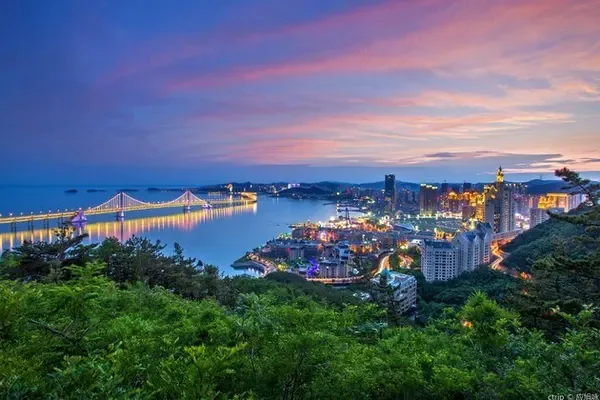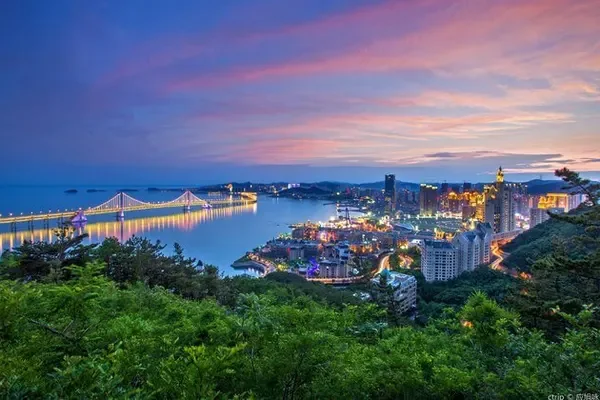introduce
Datong City Museum is a topographical comprehensive museum, affiliated to the Datong City Cultural Relics Bureau, located on Taihe Road, Yudong, Datong City. It has more than 70,000 cultural relics in its collection and is a national second-level museum. The collection is famous for highlighting the culture of northern minorities, the military culture of important border towns, and religious culture, especially the fine cultural relics of the Northern Wei, Liao, and Jin Dynasties, which are unique in China and enjoy a high reputation. The museum covers an area of 51,556 square meters, with a building area of 32,821 square meters. The architectural design integrates the history and culture of Datong into it through a typical depiction of the rising dynamics of special-shaped architectural spaces, and absorbs the natural landforms of Datong-Datong Volcanic Groups, Dragon Wall Culture and The cultural elements of the spatial evolution of the Yungang Grottoes. The whole building is surrounded by a spiral space structure around the central hall to form a whole. It is divided into one basement floor and three floors above ground, with some interlayers. Including cultural relics exhibition area, public service area, multi-functional hall, cultural relics storage area and office area, etc. Datong City Museum has gone through more than half a century, and its site has gone through the Huayan Temple, the West Hall of the Exhibition Hall, and the Astronomy Building of Datong No. 10 Middle School. The new building started construction on May 18, 2010, and opened to welcome guests on December 31, 2014. The exhibition theme of the new Datong Museum is determined to be "Minhe Datong", focusing on reflecting the development process of ethnic integration in the region and the resulting political, economic, military, and cultural prosperity, and reappearing that all ethnic groups live together and promote each other , Harmonious coexistence of life scenes, fully reflect the regional cultural characteristics of national integration. The display is divided into units such as "Dinosaurs of Datong", "Vicissitudes of Dynasties", "Pingcheng of Weidu", "Xijing of Liaojin", "City of Ming and Qing Dynasties", "Sanskrit Voiceless", "Miaobi Danqing", "Porcelain Road Collection" and other units. In terms of structure division, Abandoning the usual narrative display methods from ancient times to the present, relying on the collection of cultural relics, combined with the theme of the display, with clear layers and detailed distribution, it focuses on the century-old grand occasion of the Northern Wei Dynasty established by Tuoba Xianbei during the period when the capital was established in Pingcheng. Wrote the legend of "Wei Capital Pingcheng". More than a thousand pieces of cultural relics silently tell the rise and fall of the Northern Wei Dynasty, convey the passion of the collision of Chinese and Western cultures, play the movement of national integration, and open the curtain of the prosperous Tang Dynasty. During the Liao and Jin Dynasties, Khitan and Jurchen ruled Datong respectively. The scattered architectural relics and sculptures in northern Shanxi are the direct manifestation of the interpretation of national integration in this period: the shape is vigorous, simple, dignified and atmospheric, which is obviously different from the Song Dynasty architecture of the same period. Sculpture style; but in terms of craftsmanship, the characteristics of the Han nationality have been significantly absorbed and borrowed. Many contents of Song "Zao Fa Shi" can be corroborated here, and the prosperity of North-South exchanges and national integration can be glimpsed here.
opening hours
All year round Tuesday to Sunday 09:00-17:00 (last admission 16:00) closed on Monday; closed on Monday (except national statutory holidays)
Service Facilities
must see tips
Do not eat or drink in the exhibition hall, please eat in the designated area;
Do not smoke in the venue, do not throw away sundries at will, and consciously maintain environmental hygiene;
Do not run, chase, fight, climb, or lie down in the venue;
For exhibitions where photography is allowed, flashes, selfie sticks and tripods are not allowed.


